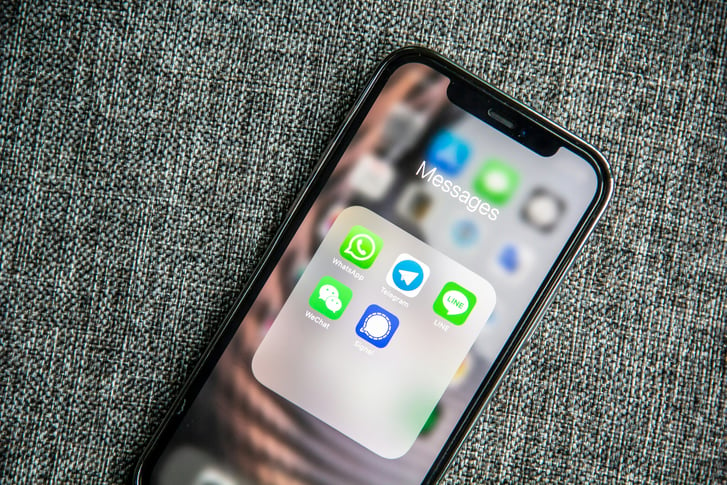A bachelor’s degree in history. A master’s degree in social studies education. Three years working in an inner-city school district. Another three years working in e-Learning and education publishing.
The summation of the past seven-ish years of my academic and professional life hardly screams “THIS PERSON SHOULD DESIGN ARTIFICIAL INTELLIGENCE!” And yet, here I am, not only designing for an AI company, but for one that is blazing a trail through the realm of event chatbots.
As my colleague Jessica explored in her most recent blog post Chatting it up with the Tech Team, 42Chat's EventBots would be nonexistent without the tireless work of its developers. But the backend systems and development of a chatbot are only half of the equation. Just as crucial as the processes that allow the bot to physically run is the conversation design. And that is where I come in.
Although I’m writing with a different audience in mind, many of the principles employed in my “past life” hold true in the new world of chatbots. Crafting a dialogue between bots and users is very much like writing textbooks or learning modules. Both tasks require careful consideration of three simple questions: Who? How? What?
Who: Who is the intended audience? Who will actually be using your product?
As a curriculum developer, most of what I wrote/designed/developed was for a very specific audience: a wraparound curriculum for teachers using a 7th-grade Washington state history textbook. A standards mastery test prep module for 8th-grade students in Georgia. An online study guide explaining the significance of minor characters in The Great Gatsby for 9th grade English students. (Because Owl Eyes and Klipspringer are as important as Tom or Daisy or Jordan, maybe even Gatsby himself!)
For EventBots by 42Chat, the “who” is the attendees at our client’s events. And like the highly diverse world of educational publishing and e-learning, 42Chat designs EventBots for a myriad of clients and events, from arts festivals to trade shows to corporate leadership conferences and everything in between.
How: How should you address your users in terms of language and tone?
This question is largely informed by the answer to the first question. For example, the aforementioned standards mastery prep course was designed for students preparing to take a high-stakes, standardized test — a very serious task. It makes sense then that the tone and language be more formal than the online study guide that was designed as a supplemental resource for students who are most likely accessing it outside of the classroom.
The same idea applies to chatbots. An arts festival bot will be less serious and more playful than a bot designed for C-level employees at a corporate event.
What: What are users hiring your product to do?
Like most of the educational materials I helped to design, the answer to this question is similar when applied to chatbots: They are both hired to inform or to support users in some way.
Just as teachers hire the wraparound history curriculum to support them in their classrooms, arts festival attendees hire the chatbot to support their event experience. The EventBot does this by sharing information with users about key event details like parking, transportation, maps, food, performances, vendors, etc.
Every day, I continue to learn more and dive deeper into the world of conversation design and chatbots (including the best ways to answer the questions above). And while I’m learning, I am excited to leverage my love for writing and language in this new and innovative way!

.png?height=485&name=Untitled%20design%20(30).png)
